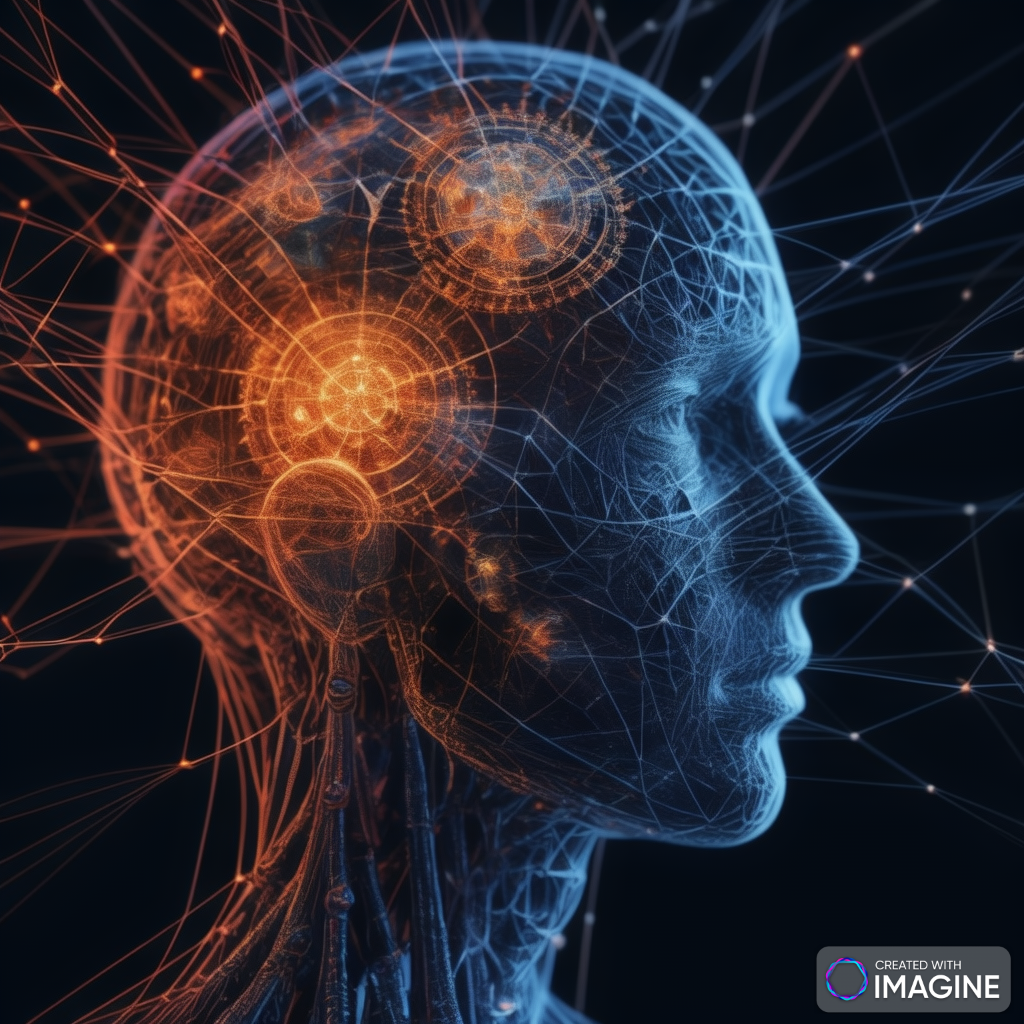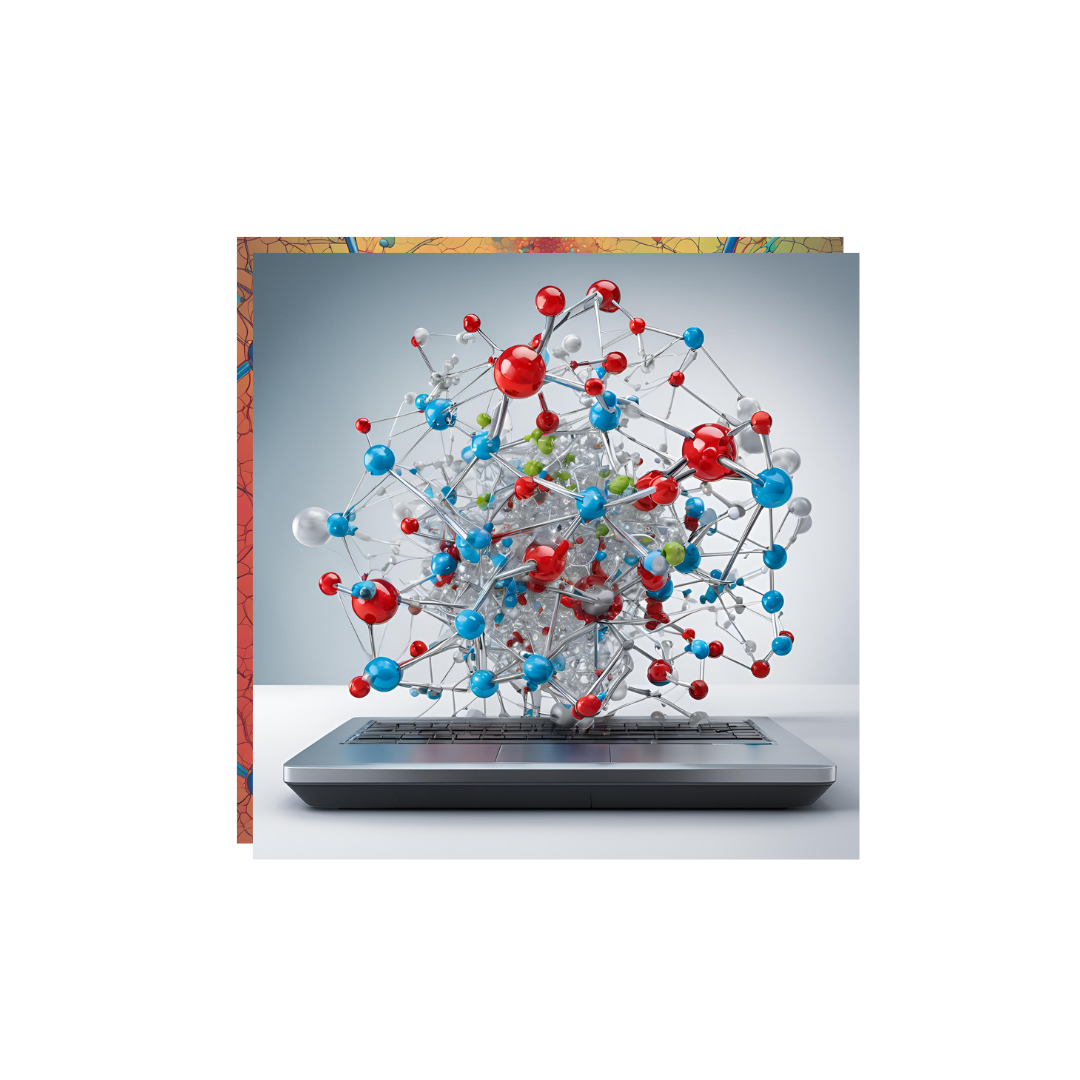Introduction: In the vast landscape of computation and reasoning, two intriguing questions often arise: “What can be computed?” and “How do we reason in uncertain information?” This blog post delves into these questions, exploring the limits of computation and the intricate processes involved in reasoning amidst uncertainty.
What Can Be Computed?
The Notion of Computability:
Computability theory, pioneered by visionaries like Alan Turing, raises fundamental questions about the capabilities and limitations of computing machines. At its core, it seeks to answer what tasks can be algorithmically computed and which transcend the boundaries of computation.
Turing Machines and Beyond:
Turing Machines:
Turing machines are theoretical models of computation introduced by Alan Turing. They consist of an infinite tape and a read/write head that can move left or right. The Church-Turing thesis posits that any algorithmic process can be simulated by a Turing machine. This foundational concept laid the groundwork for modern computing.
Church-Turing Thesis:
The Church-Turing thesis asserts that any effectively calculable function is computable by a Turing machine. This implies the equivalence of different models of computation, providing a theoretical foundation for understanding what can be computed algorithmically.
Undecidability:
Halting Problem:
The halting problem, introduced by Alan Turing, is a classic example of an undecidable problem. It asks whether a given Turing machine will halt on a particular input. Turing proved that there is no algorithm that can decide whether any arbitrary program halts on a given input.
Gödel’s Incompleteness Theorems:
Gödel’s incompleteness theorems, proposed by Kurt Gödel, demonstrate the limitations of formal mathematical systems. They show that in any consistent formal system, there exist true mathematical statements that cannot be proven within that system.
Quantum Computing:
Quantum Supremacy:
Quantum supremacy is achieved when a quantum computer performs a task that is practically impossible for classical computers. Google’s achievement in 2019 demonstrated quantum supremacy by solving a specific problem faster than the most advanced classical supercomputers.
Quantum Entanglement:
Quantum entanglement is a phenomenon where particles become interconnected and the state of one particle instantly influences the state of the other, regardless of the distance between them. This property is harnessed in quantum computing for qubit operations.
How Do We Reason in Uncertain Information?
Uncertainty in Information:
Aleatory vs. Epistemic Uncertainty:
Aleatory uncertainty relates to inherent randomness or unpredictability in a system, like the roll of a dice. Epistemic uncertainty, on the other hand, stems from a lack of knowledge about a system. Distinguishing between these types helps in devising appropriate strategies for handling uncertainty.
Bayesian Reasoning:
Bayesian Inference:
Bayesian reasoning involves updating probabilities based on prior knowledge and new evidence. Bayes’ theorem formalizes this process, calculating the probability of a hypothesis given observed data. It’s widely used in statistics, machine learning, and decision-making.
Fuzzy Logic:
Handling Vagueness:
Fuzzy Sets:
Fuzzy logic deals with vagueness by allowing intermediate values between true and false. Fuzzy sets, introduced by Lotfi Zadeh, enable the representation of imprecise information, making it suitable for systems where boundaries are not well-defined.
Fuzzy Inference Systems:
Fuzzy inference systems apply fuzzy logic to decision-making. They use fuzzy rules, membership functions, and inference mechanisms to process imprecise inputs and generate precise outputs. Applications range from control systems to consumer electronics.
Machine Learning and Uncertainty:
Probabilistic Models:
Bayesian Machine Learning:
Bayesian machine learning incorporates Bayesian methods into models, providing a probabilistic framework for uncertainty quantification. It’s crucial in scenarios where model predictions need to account for uncertainty, such as medical diagnoses.
Neural Networks and Uncertainty:
Bayesian Neural Networks:
Bayesian neural networks introduce uncertainty estimation into traditional neural networks. By modeling weight distributions rather than fixed weights, they provide a probabilistic perspective on predictions, aiding decision-making in uncertain environments.
Decision Theory:
Rational Decision-Making:
Utility Theory:
Decision theory, anchored in utility theory, quantifies preferences to make rational choices. Expected utility theory guides decision-making by assessing the potential outcomes and their associated utilities.
Behavioral Economics:
Neuroeconomics:
Neuroeconomics combines insights from neuroscience and economics to understand decision-making processes. Studying neural mechanisms helps uncover how individuals assess risks, make choices, and respond to incentives.
Nudge Theory:
Nudge theory, developed by behavioral economists Richard Thaler and Cass Sunstein, explores ways to influence people’s choices without restricting options. Small nudges can lead to more favorable decisions, illustrating the impact of behavioral insights on policymaking and consumer behavior. Nudge theory explores the subtle ways in which decisions can be influenced without restricting choices. Based on behavioral economics principles, nudges aim to guide individuals toward making more beneficial decisions. Examples include altering the presentation of options or using social norms to shape behavior. Nudge theory has implications in various fields, including public policy and marketing.
These detailed explanations provide a comprehensive understanding of each point, from foundational concepts like Turing machines to cutting-edge developments in quantum computing and practical strategies for reasoning in uncertain information.
Machine Learning and Decision Theory Integration:
Reinforcement Learning in Real-world Scenarios:
Reinforcement learning (RL) is a machine learning paradigm where agents learn to make decisions by interacting with an environment. RL algorithms face uncertainty in dynamic environments and often employ exploration-exploitation strategies. In real-world scenarios, RL finds applications in robotics, finance, and autonomous systems.
Bayesian Decision Networks:
Bayesian decision networks (BDNs) combine decision theory with probabilistic reasoning. BDNs represent decision problems using graphical models, where nodes represent variables and edges depict dependencies. These networks facilitate decision-making under uncertainty by incorporating probabilities, allowing for a more nuanced understanding of complex systems. Practical applications include healthcare, finance, and risk assessment.
Behavioral Economics Insights:
Neuroeconomics:
Neuroeconomics integrates findings from neuroscience into economic decision-making. By studying neural processes, researchers aim to uncover the neural mechanisms that underlie economic choices. This interdisciplinary field provides insights into how the brain evaluates risks, processes rewards, and influences decision-making in economic contexts.
Limits of Computability:
Oracle Machines:
Oracle machines extend the concept of Turing machines by introducing oracles—external devices that can provide answers to specific questions. These machines represent a theoretical exploration of computational limits beyond standard Turing machines. Oracle machines help elucidate the complexity of certain problems that may not be solvable algorithmically.
Computational Complexity Theory:
Computational complexity theory classifies problems based on their inherent difficulty. Classes like P (polynomial time), NP (nondeterministic polynomial time), and NP-complete are fundamental to understanding the efficiency of algorithms. The P vs. NP problem remains one of the most significant open questions in computer science, addressing whether every problem that can be verified quickly (in polynomial time) can also be solved quickly (in polynomial time).
How Do We Reason in Uncertain Information?
Bayesian Reasoning Applications:
Bayesian Reinforcement Learning:
The integration of Bayesian reasoning with reinforcement learning enhances decision-making in dynamic environments. Bayesian reinforcement learning adapts to uncertainty by updating beliefs as new information becomes available. This approach is particularly valuable in scenarios where the environment is stochastic or unpredictable.
Bayesian Deep Learning:
Bayesian deep learning combines the capabilities of neural networks with Bayesian methods. It introduces uncertainty estimation into deep learning models, allowing them to provide not only predictions but also confidence intervals. This is crucial in applications where understanding model uncertainty is essential, such as medical diagnostics with limited data.
Fuzzy Logic Applications:
Fuzzy Control Systems:
Fuzzy control systems leverage fuzzy logic to manage complex and uncertain systems. These systems find applications in robotics, industrial automation, and smart appliances. By accommodating imprecise inputs and linguistic variables, fuzzy control systems enable adaptive and flexible control, enhancing performance in real-world scenarios.
Fuzzy Clustering:
Fuzzy clustering applies fuzzy logic to data analysis, particularly in scenarios where traditional clustering methods may struggle with overlapping memberships. Algorithms like Fuzzy C-Means allow data points to belong to multiple clusters with varying degrees of membership, providing a more nuanced understanding of complex datasets.
Machine Learning and Uncertainty:
Uncertainty Quantification:
Uncertainty quantification in machine learning involves assessing and managing uncertainty associated with model predictions. Techniques like Monte Carlo dropout, bootstrapping, and ensemble learning help quantify uncertainty by generating multiple predictions or estimating confidence intervals. This is crucial in applications where understanding the reliability of predictions is essential.
Reinforcement Learning and Exploration:
Reinforcement learning algorithms face the challenge of exploration-exploitation trade-offs. Algorithms like Upper Confidence Bound (UCB) and Thompson Sampling address this challenge by balancing the need to exploit known strategies with the exploration of new possibilities. This is particularly relevant in dynamic environments where the optimal strategy may change over time.
Decision Theory:
Behavioral Economics:
Game Theory:
Game theory analyzes strategic interactions between rational decision-makers. It finds applications in diverse fields, including economics, biology, and political science. Game theorists study scenarios where individual decisions affect others, exploring equilibrium strategies and outcomes. Examples range from understanding competition in markets to modeling evolutionary dynamics in biology.
These detailed explanations offer a comprehensive overview of each point, providing insights into theoretical concepts, practical applications, and the intricate connections between machine learning, decision theory, and behavioral economics.
Conclusion: The exploration of what can be computed and how we reason in uncertain information unveils the intricate interplay between theoretical boundaries and practical approaches. As technology advances and our understanding deepens, these questions continue to shape the landscape of computation and reasoning, offering new avenues for exploration and innovation.







